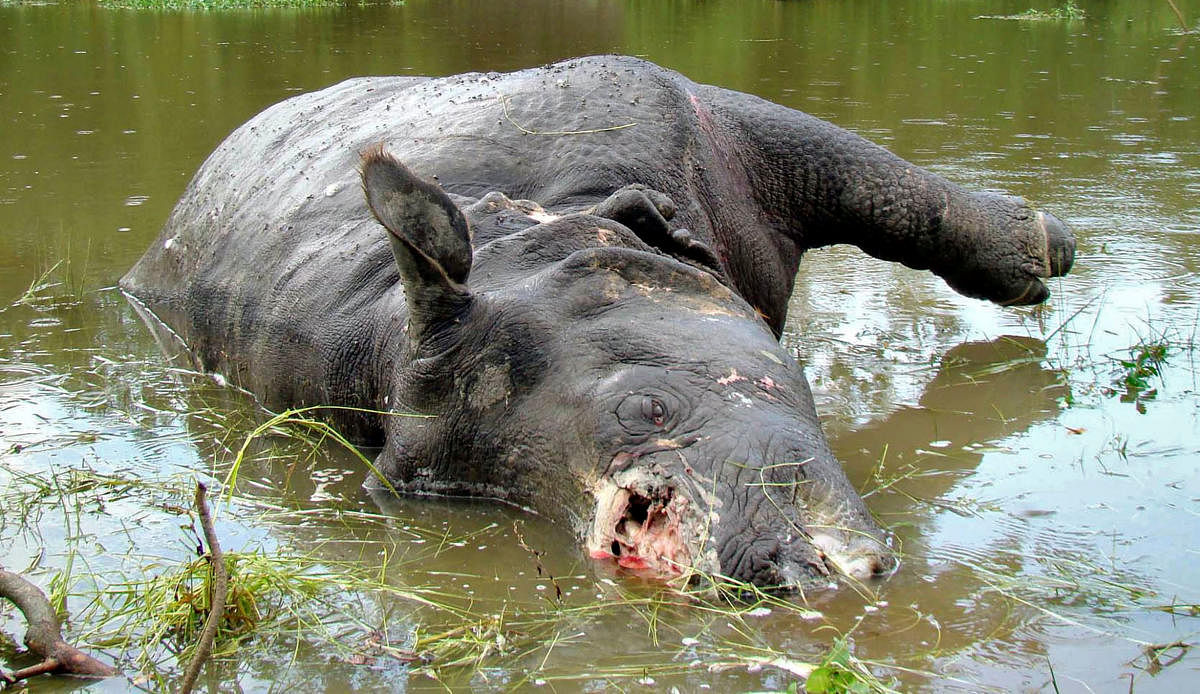
China’s decision to lift the ban on the use of tiger bone and rhinoceros horn in that country’s traditional medicine is a major setback to the worldwide efforts to protect these endangered species. China has claimed that the ban has only been relaxed but not lifted, but the difference is not much in practical terms. Last month’s directive said that the use will be restricted to critically ill patients in hospitals and that private trade in animal parts will continue to be prohibited. It also said that the parts should be culled only from animals that died naturally. But these conditions are bound to be flouted in practice. Private trade exists even now and the directive will be misused to expand it and even legitimise it. Prescriptions in traditional medicine for use of animal parts still remain popular. With the increase in affluence more people can afford the medicines which are obviously expensive. The Chinese government has said that the ban had ignored the healing properties of the tiger bone and the rhino horn and that it has only recognised the need for their use in cases where they are essential for cure.
The government’s position is strange. There is no evidence yet of the curative properties of tiger bones and rhino horns. The accepted medical view, based on research, is that the faith in their efficacy is driven by superstition and any apparent healing effect is only psychological. The global convention on ban on trade in endangered flora and fauna was signed in 1973 by most countries. China signed it after some persuasion in 1993. In due course, it specifically banned the use of tiger bones and teeth, rhino horns and parts of other endangered species in compliance with the convention. Unfortunately, this has now been reversed.
There are only about 30,000 rhinos and 4,000 tigers left in the world. It is the duty of the entire world to protect them, and India has made great efforts to do so. The ban in China had a positive impact on conservation of these animals. As the demand for tiger bones and rhino horns from mainland China went down, conservation efforts got a boost. This led to an increase in the number of tigers and rhinos. But the gains may come under threat now. India, which has about 70% of the world’s tigers and a good number of the rhinos in the world, will have to exercise special vigil. Most of the Indian rhinos live in the national parks in Assam like the Kaziranga park, which is close to the Chinese border. Conservationists should try to bring international pressure to bear on China to reverse its unwise decision.